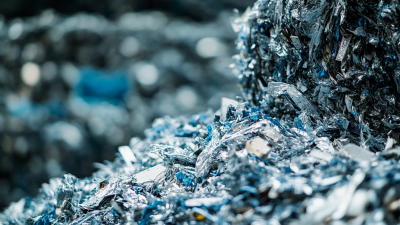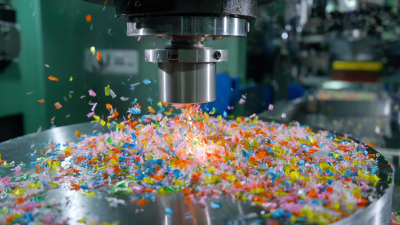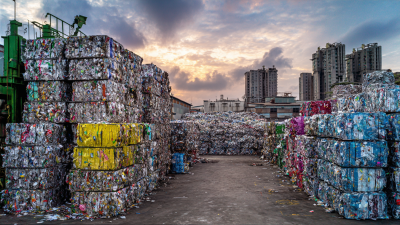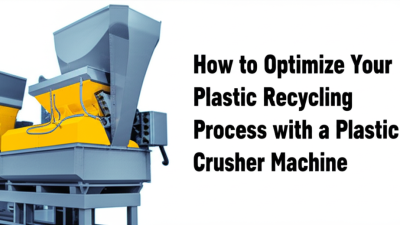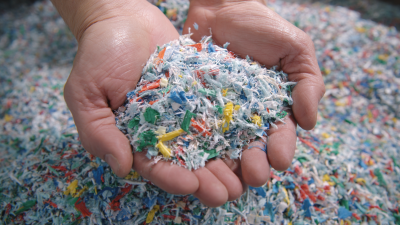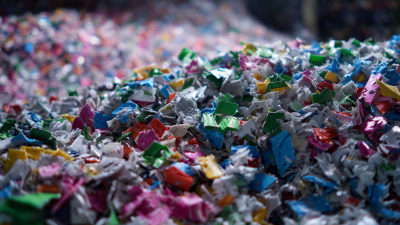In the competitive landscape of manufacturing, efficiency and sustainability have become paramount, particularly in industries relying heavily on plastic materials. The adoption of a Plastic Crusher Machine can significantly streamline operations, offering a feasible solution for reducing waste and improving recyclability. According to a report by Smithers Pira, the global plastic recycling market is projected to reach 60 million tons by 2024, underscoring the growing importance of reprocessing plastic waste. Additionally, a study from the Environmental Protection Agency (EPA) indicates that the proper recycling of plastic can save up to 80% of the energy that would otherwise be required for producing new plastic from raw materials. Thus, integrating a Plastic Crusher Machine into your manufacturing process not only fosters environmental responsibility but also enhances operational efficiency, enabling businesses to adapt to the increasing regulatory pressures and consumer demands for sustainable practices.
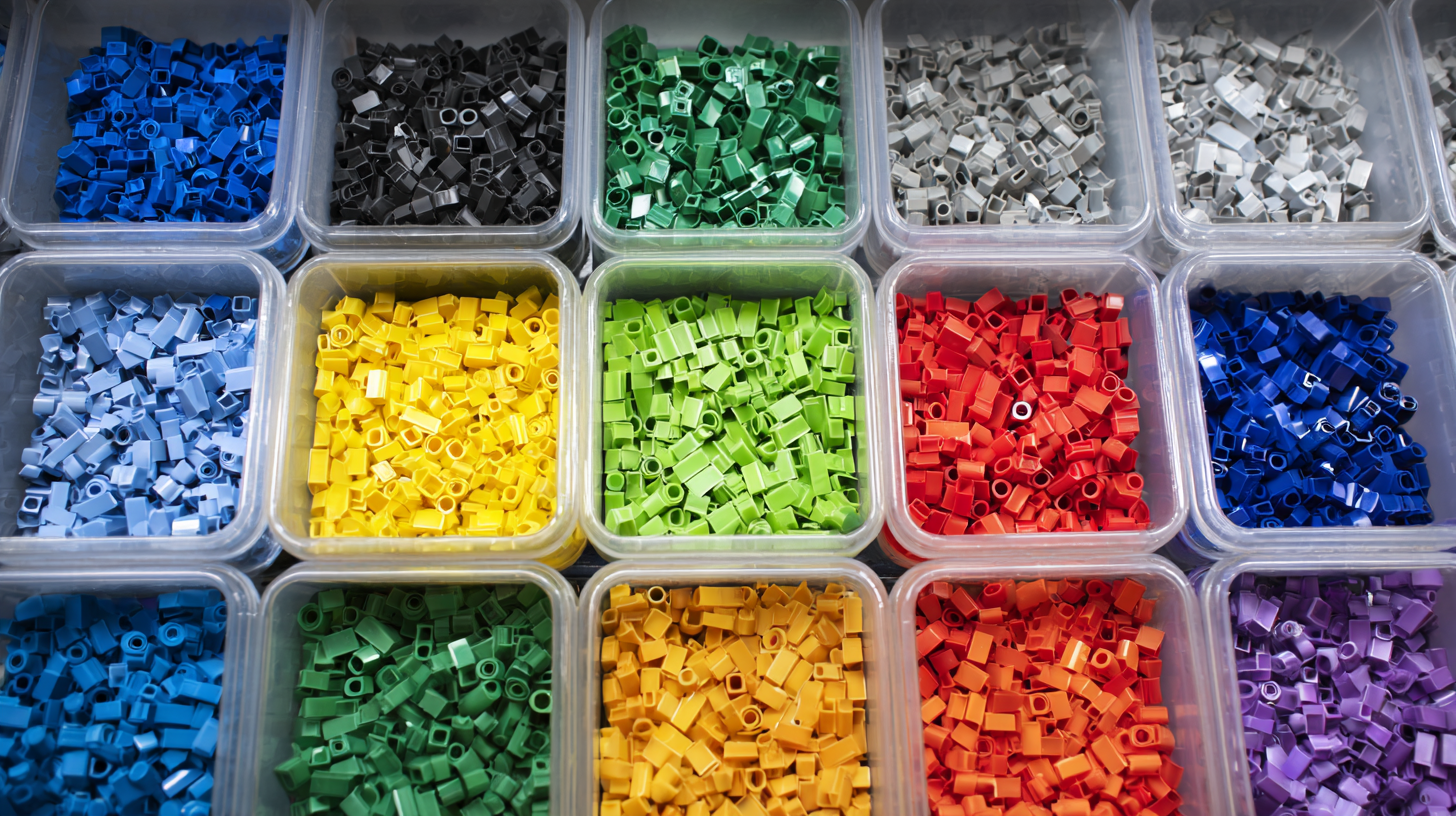
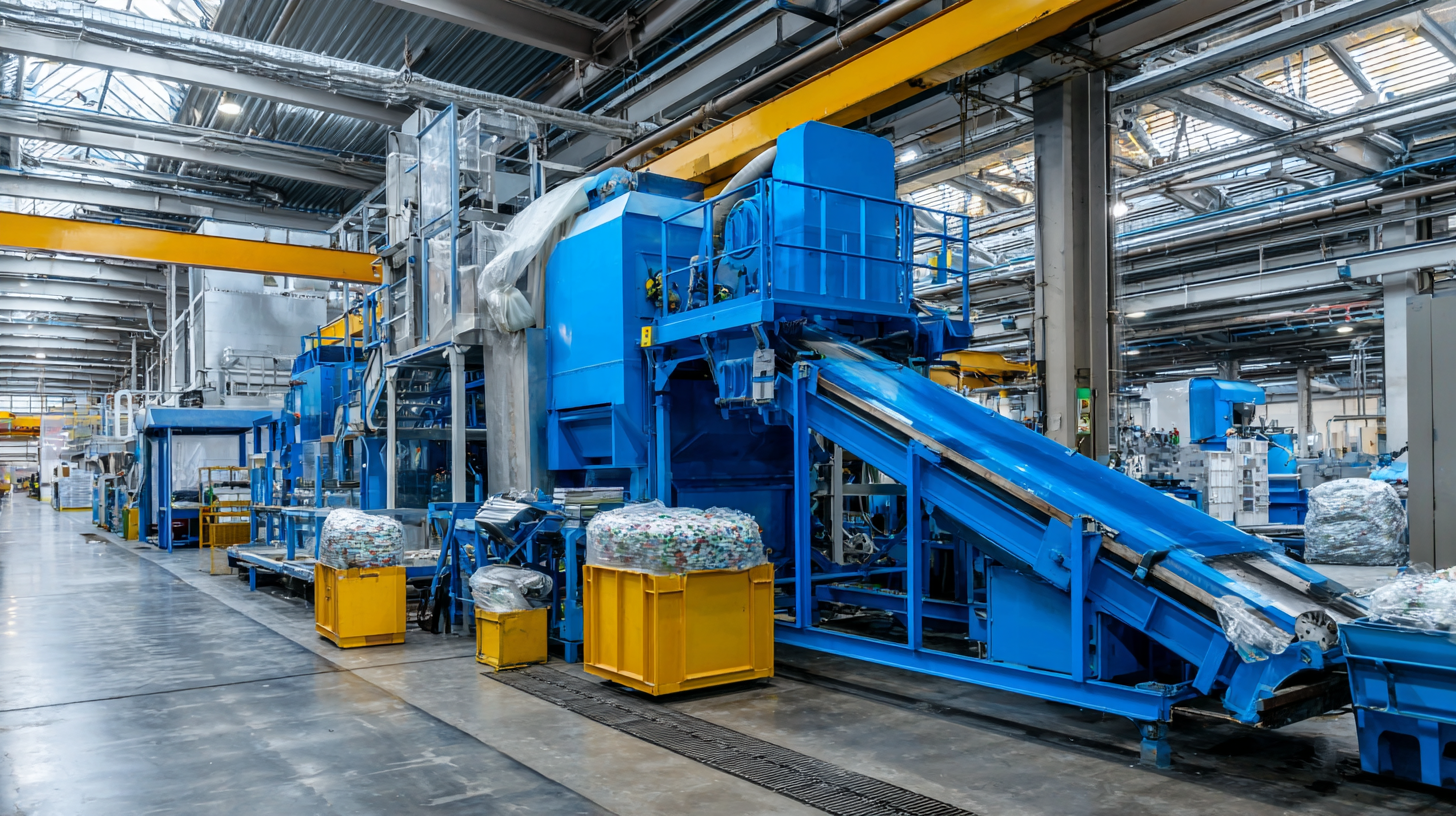 In the modern manufacturing landscape, efficiency and sustainability are paramount. Implementing a plastic crusher machine can significantly enhance these aspects. By converting waste plastic into manageable pieces, businesses can reduce material costs and contribute to a circular economy. The crush process optimizes the volume of plastic waste, making it easier to transport and recycle, ultimately leading to reduced landfill usage.
In the modern manufacturing landscape, efficiency and sustainability are paramount. Implementing a plastic crusher machine can significantly enhance these aspects. By converting waste plastic into manageable pieces, businesses can reduce material costs and contribute to a circular economy. The crush process optimizes the volume of plastic waste, making it easier to transport and recycle, ultimately leading to reduced landfill usage.
Furthermore, using a plastic crusher machine directly impacts productivity. Manufacturers can reclaim valuable materials that would otherwise be discarded, allowing them to save on raw material expenses while ensuring a more efficient production line. This machine not only streamlines operations but also enhances the quality of the final product by ensuring that only processed materials enter the manufacturing cycle. As companies strive for greater sustainability, incorporating a plastic crusher machine becomes an essential strategy to optimize their manufacturing processes.
When it comes to optimizing your manufacturing process, selecting the right type of plastic crusher machine is crucial for efficiency and effectiveness. Each production facility has unique requirements depending on the types of plastic waste it generates. For instance, if your operation deals predominantly with rigid plastics, a heavy-duty crusher might be necessary. On the other hand, if you primarily process films or thinner materials, a machine designed specifically for that purpose would yield better results.
Tips: Before making a decision, consider the volume of plastic waste you generate daily. Higher volumes may require a more robust model with increased throughput, whereas smaller operations can benefit from compact designs. Additionally, evaluate the machine’s size and ease of integration into your existing setup. Look for features such as adjustable blade settings, which allow for greater control over particle size and lead to improved recycling outcomes.
When researching different models, pay special attention to maintenance requirements and available support services. A machine that is easy to maintain can save your team time and reduce production downtime. It's also beneficial to choose a supplier that offers solid technical support, as this can assist in quickly resolving any issues that arise during operation.
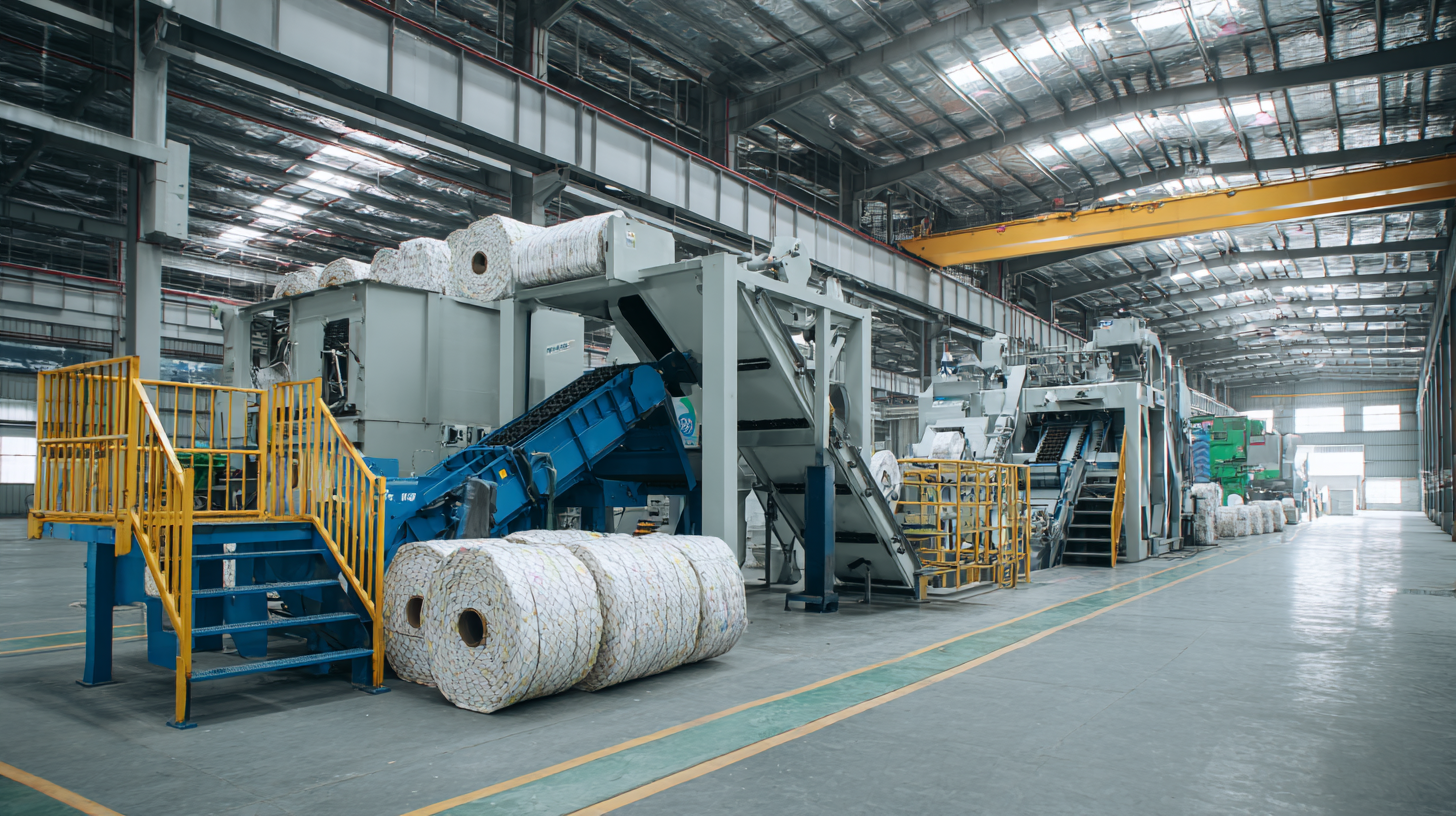
Setting up your workspace for optimal efficiency with a plastic crusher machine requires thoughtful organization and layout planning. First, ensure that your designated area is spacious enough to accommodate the plastic crusher and allow for easy movement. Position the machine near the source of plastic waste to minimize transportation efforts, which can significantly enhance productivity. Adequate lighting and ventilation in the workspace are also crucial, as these factors can affect both safety and performance.
Additionally, consider implementing an intuitive workflow that promotes seamless operation. Arrange the necessary tools and storage for shredded plastic nearby, enabling quick access and reducing downtime. It’s important to create a designated area for incoming materials and another for stored recycled plastic, facilitating a streamlined process. Regular maintenance stations should also be established to keep the plastic crusher in optimal working condition, preventing interruptions and ensuring consistent output. Overall, efficiency in your workspace is pivotal to maximizing the potential of your plastic crusher machine, ultimately leading to a more productive manufacturing process.
Operating and maintaining a plastic crusher machine effectively is crucial for optimizing your manufacturing process. First, ensure that the machine is regularly cleaned and inspected for wear and tear. Dust and debris can accumulate in the crushing chamber, leading to inefficiency and potential damage. Scheduled maintenance checks allow for early detection of issues, minimizing downtime and prolonging the machine's lifespan.
Tips for optimal operation include adjusting the feed rate to match the machine’s capacity. Overloading can hinder performance, while underfeeding can result in wasted energy. Additionally, training operators on the proper feeding techniques and machine controls will enhance operational efficiency. It's critical to monitor the output size continuously to maintain consistency; this can be achieved by recalibrating the machine based on the material type being processed.
Lastly, implementing a regular lubrication schedule for moving parts minimizes friction and overheating, thus ensuring smoother operation. Keeping an organized log of maintenance and operational performance helps identify patterns that can lead to further improvements in both the machine's functionality and your manufacturing process overall.
The following chart displays the efficiency improvements observed in different manufacturing processes after implementing a plastic crusher machine. The data reflects operational time saved (in hours) per week, demonstrating best practices for optimizing manufacturing operations.
Integrating a plastic crusher into your manufacturing workflow can significantly enhance efficiency and sustainability. By systematically incorporating a plastic crusher, manufacturers can streamline the process of handling plastic waste. This machine efficiently reduces the size of plastic materials, making them easier to transport and recycle. As a result, it creates a closed-loop system where waste can be repurposed, aligning with modern trends toward sustainability and waste reduction.
In addition, recent advancements in 3D printing technology have opened new avenues for utilizing crushed plastic. The blend of recycled plastics with biomass waste into durable composites can lead to innovative products. Manufacturers can not only minimize waste but also create high-value, sustainable items from what would otherwise be discarded. This integration of a plastic crusher machine into the overall workflow not only optimizes production but also contributes to a more sustainable manufacturing paradigm, showcasing how traditional manufacturing processes can adapt to meet modern environmental challenges.
| Dimension | Description | Impact on Manufacturing |
|---|---|---|
| Machine Type | Single Shaft, Double Shaft | Determines efficiency and suitability for materials |
| Throughput | Tons per hour capacity | Directly affects production speed |
| Energy Consumption | Kilowatts used per hour | Affects overall operational costs |
| Maintenance Frequency | Monthly, Quarterly, Yearly | Impacts downtime and service costs |
| Noise Level | Decibels during operation | Considerations for workplace environment |
| Safety Features | Emergency stops, safety guards | Critical for worker protection |
| Return on Investment (ROI) | Time to recoup investment | Evaluates financial effectiveness |
